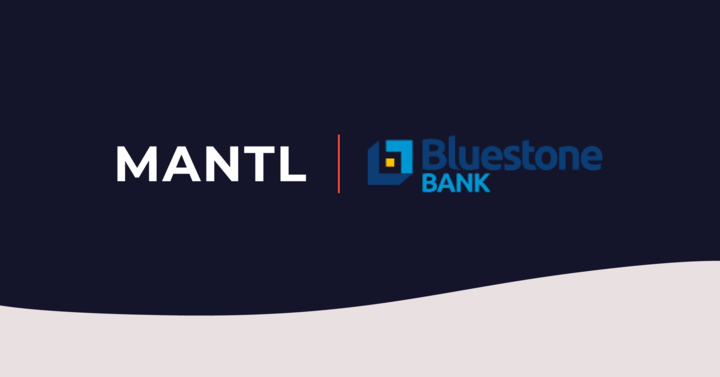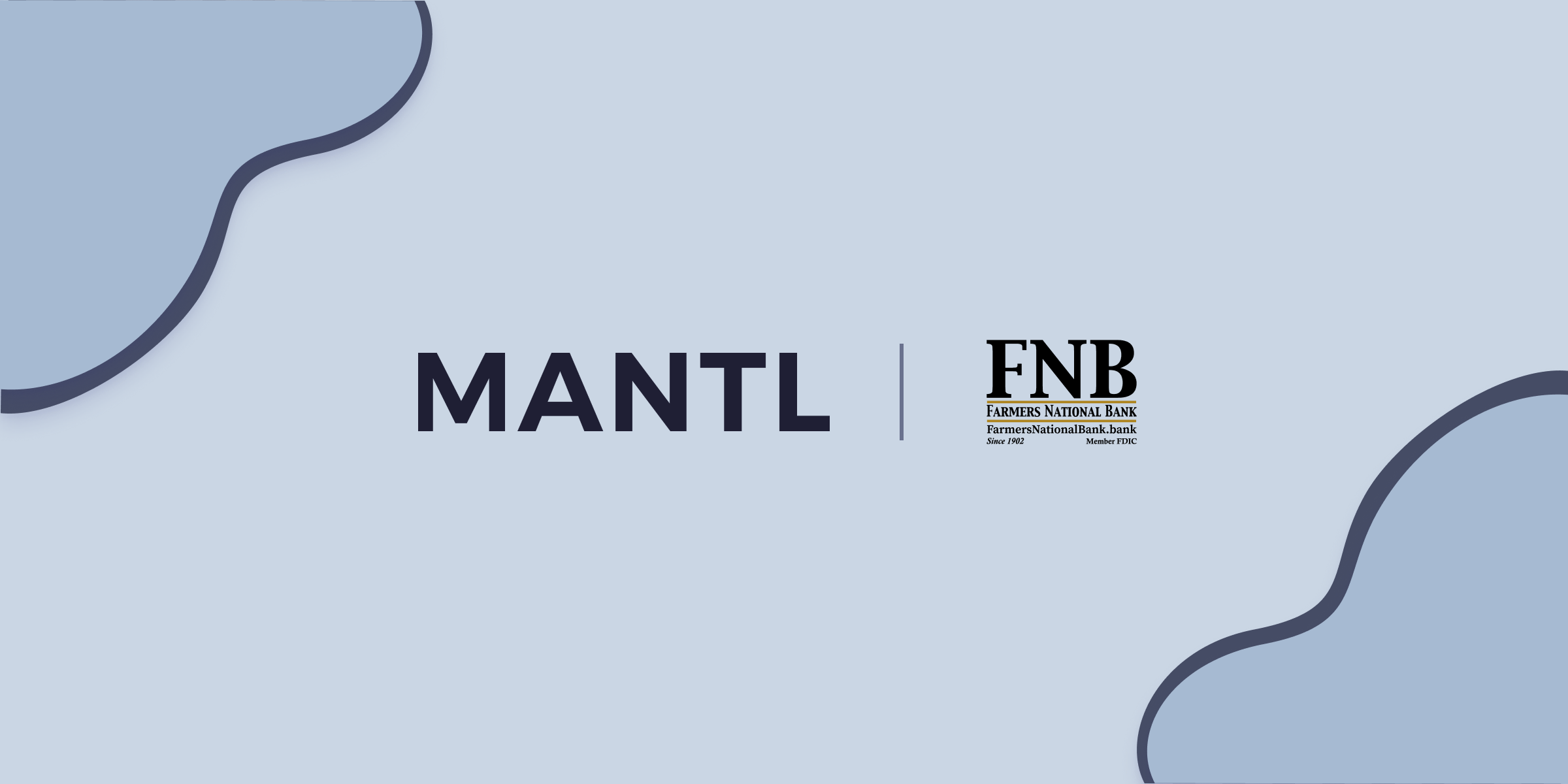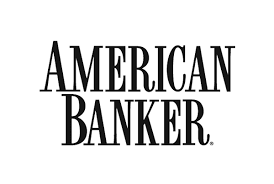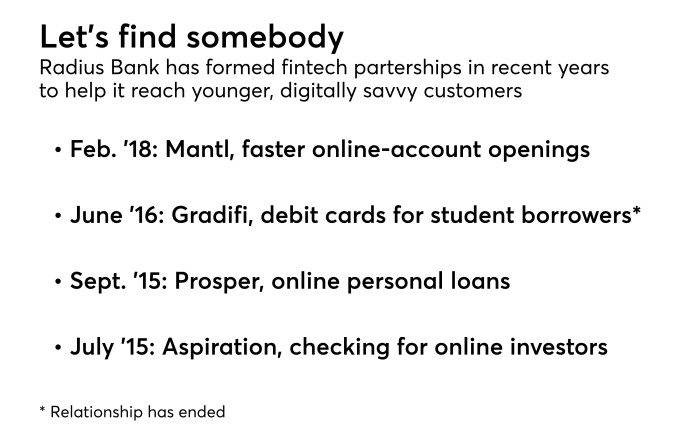Raynham, Mass. – Jan. 9, 2024 – Bluestone Bank, a $1.5B bank headquartered in Massachusetts, today announced a partnership with MANTL, a leading provider of account origination solutions, to enhance its deposit onboarding experience for businesses and consumers and continue Bluestone Bank’s goal of becoming an industry leader in the digital space.
Bluestone Bank will leverage Consumer Deposit Origination by MANTL to enhance its online account opening process. With MANTL, Bluestone Bank will remove friction from its current account opening process, empowering customers to open a new deposit account in less than three minutes with a superior digital experience. By serving a wider audience of consumers across digital channels, Bluestone can more efficiently grow deposits at scale and expand the brand within their geographical footprint.
Bluestone Bank will also leverage Commercial Deposit Origination by MANTL to launch online business deposit account opening for the first time. Businesses will be able to seamlessly and securely open a new business account on any device or any channel, including online, on a mobile app, or in the field. Adaptive workflows and automated, real-time decisioning on the MANTL platform will reduce friction in the application process and keep operations streamlined.
“At Bluestone Bank, we are investing in digital infrastructure to better serve our customers with modern banking experiences, and attract new consumers and businesses through digital channels,” said Ben Lord, Chief Information & Technology Officer at Bluestone Bank. “MANTL was unmatched in its ability to streamline the customer journey with a high degree of automation, while also improving operational efficiency and managing fraud and risk more effectively.”
MANTL will integrate seamlessly with Bluestone Bank’s FIS IBS core. This will allow the MANTL platform to automate over 90% of application decisions, including the meeting of Know Your Customer (KYC), anti-money laundering (AML), and Bank Secrecy Act (BSA) requirements. The platform also automates critical steps like product service ordering, account funding, and core booking, to create efficiencies and keep manual processes to a minimum.
“In the current rate environment, Bluestone Bank needed a deposit origination solution that places control in their hands to add new products and change rates in real-time,” said David Carlson, Head of Sales at MANTL. “MANTL is thrilled to offer them this critical configurability, allowing Bluestone Bank to be agile in the market and enabling growth through strategic iteration.”
For more information on Bluestone Bank and current deposit offerings, please visit: Bluestone.bank
To learn more about the MANTL product, please visit: Mantl.com/request-a-demo/
About MANTL
MANTL is a financial technology firm offering omnichannel account origination software for banks and credit unions. Consumer Deposit Origination by MANTL is among the fastest and most performant solutions on the market, empowering net-new prospects to open accounts in under three minutes, enabling existing account holders to open additional accounts with just one click, and reducing fraud by as much as 67%. Commercial Deposit Origination by MANTL is a first-of-its-kind solution that reimagines account opening for businesses of all sizes by automating up to 97% of application decisions. MANTL customers raise billions in core deposits each month. Founded in 2016, MANTL is a privately held company headquartered in New York with the backing of prominent venture capital investors. For more information, visit mantl.com.
About Bluestone Bank
Bluestone Bank, with $1.5 billion in assets, is a full-service bank offering individual and business banking services, and financial planning services through its Bluestone Wealth and Trust division. The bank has 12 banking offices and a loan production office across southeastern Massachusetts, with branches in Bridgewater, East Bridgewater, Lakeville, Mansfield, Norton, Pembroke, Plainville, Raynham, Taunton, and West Bridgewater. Visit Bluestone.Bank for more information. Bluestone Bank is a member of the Federal Deposit Insurance Corporation (FDIC) and a member of the Depositors Insurance Fund (DIF). Bank NMLS ID #403265. Bluestone Bank is an Equal Housing Lender.
Media Contact
Taina Peña Biggs
press@mantl.com











